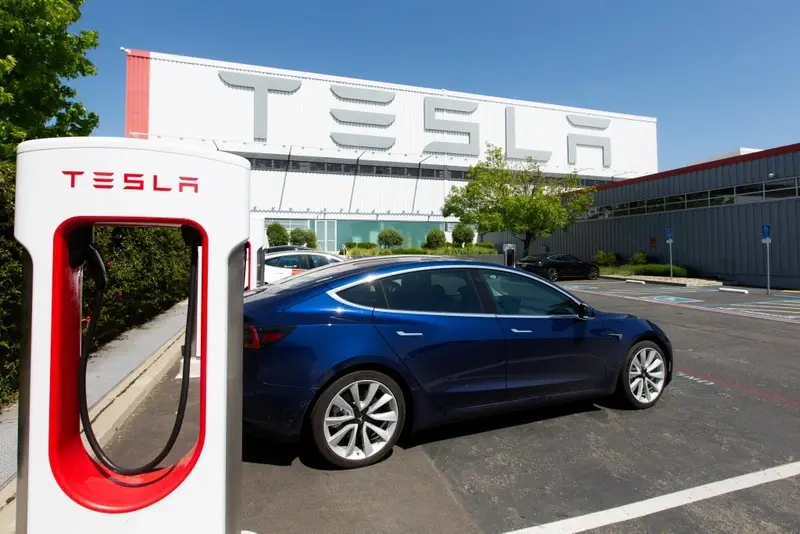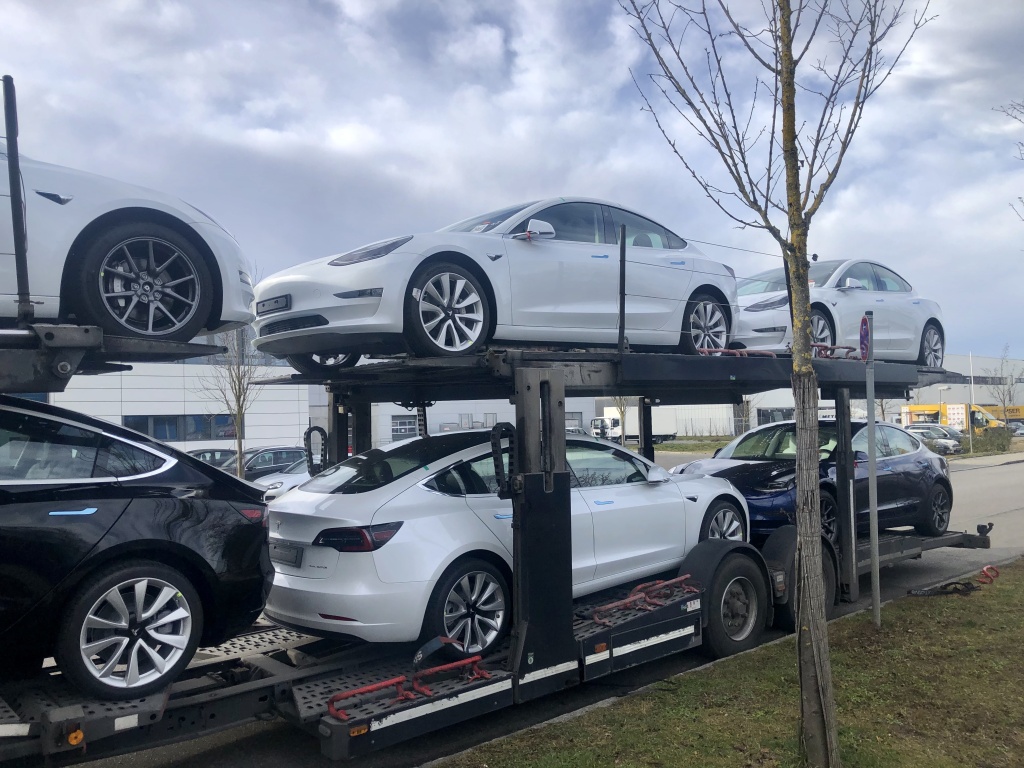
Investors were left scratching their heads in the wake of a mixed fourth-quarter (Q4) report from Tesla, one of the most popular stocks in the world.
On one hand, Q4 earnings fell short of Wall Street estimates on weaker margins but outperformed on sales. On the other, Tesla delivered a quarterly record 180,570 vehicles in the three months to 31 December 2020, even though it narrowly missed its ambitious 2020 goal of half a million deliveries, albeit fractionally - 499,550 electric cars went to customers last year.
It also talked up faster deliveries in 2021.
After a rocket-fuelled 2020, which saw Tesla stock soar 700%, and very strong start to 2021 (up 12%), investors can be forgiven for taking a little profit. Tesla stock fell more than 5% in after-hours trading in New York to $818.49, valuing the business at north of $778 billion, the fifth largest company on the S&P 500.
Q4 IN NUMBERS
Tesla announced earnings per share (EPS) of $0.8 on revenue of more than $10.7 billion. Analysts had anticipated EPS of $1.04 on revenue of approximately $10.5 billion.
Margins also missed estimates as vehicle average selling prices declined 11% compared with the same period last year. Automotive gross margin fell from 27.7% in Q3 to 24.1%, its lowest since Q4 2019 and missing consensus of 27.2%.
Total deliveries were up 71% to 179,757, driven by a sharp increase in model 3 and Y deliveries. These jumped 88% to 163,660 vehicles, although more mature Model S and X deliveries fell 10% to 16,097 year-on-year.
How relevant these short-term numbers are in the grander scheme of Tesla’s multi-year growth ambitions is open to question. It was interesting that the company was able to make a profit without regulatory carbon credit sales.
DIMISHING PROFIT CREDITS CRANK
Regulatory credits are given to Tesla because of the clean, green credentials of its cars (and batteries). The company is able to sell these to other automakers, like Toyota, Ford and Volkswagen, who still sell millions of dirty fuel, mass market motors.
Sales of these pollution tokens totalled $397 million during Q3, 120% of its net income then. But in Q4, green tokens of $401 million totted up to 45% of Tesla’s $903 million net income.
While most Tesla investors are likely to be playing a long game they remain eager to see optimism, and eventually evidence, that the company can put significantly more cars on the world’s roads in the future.
To that end, Tesla’s commented that over a multi-year horizon it expected to achieve ‘faster than 50% average annual growth in vehicle deliveries’, and said it expected even faster growth in 2021.






